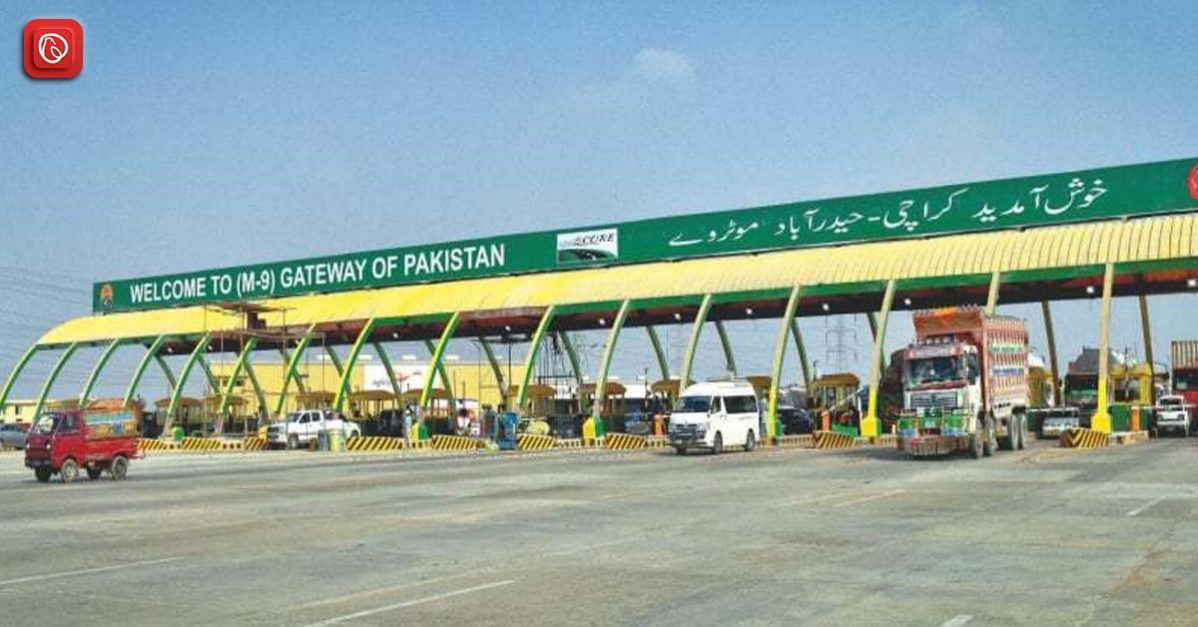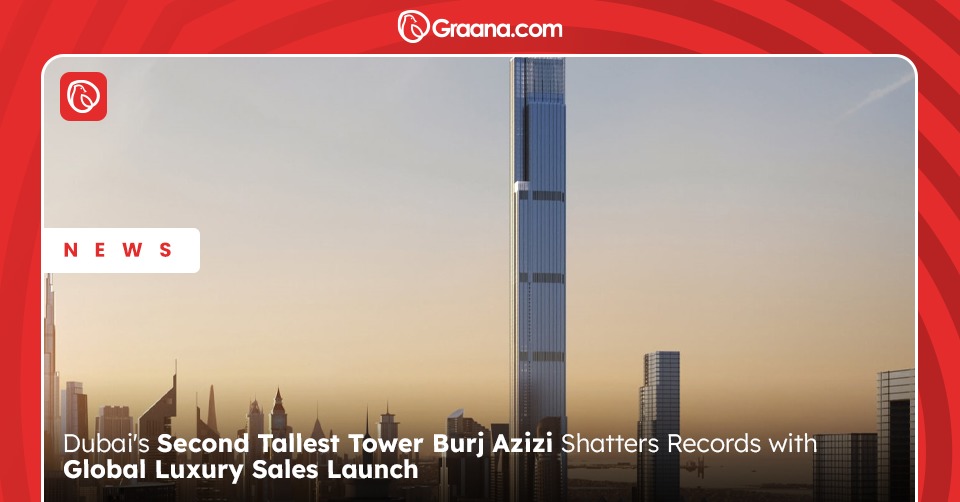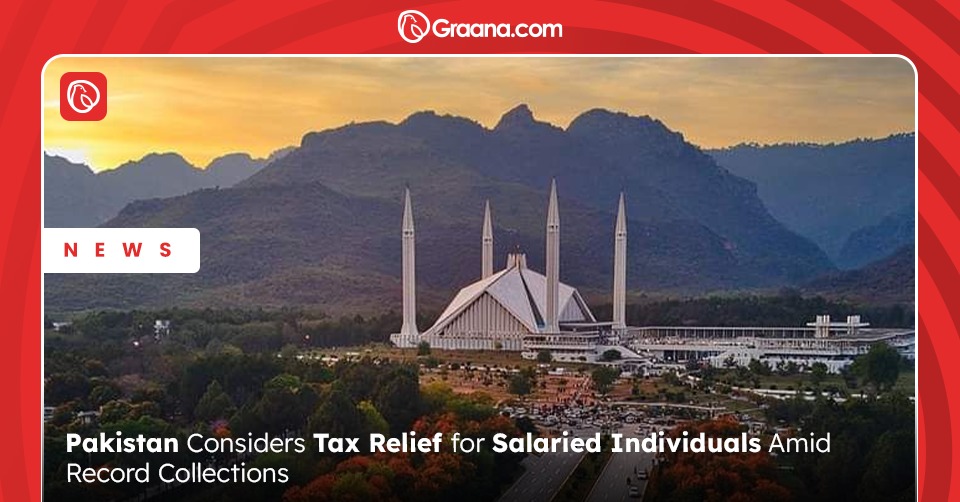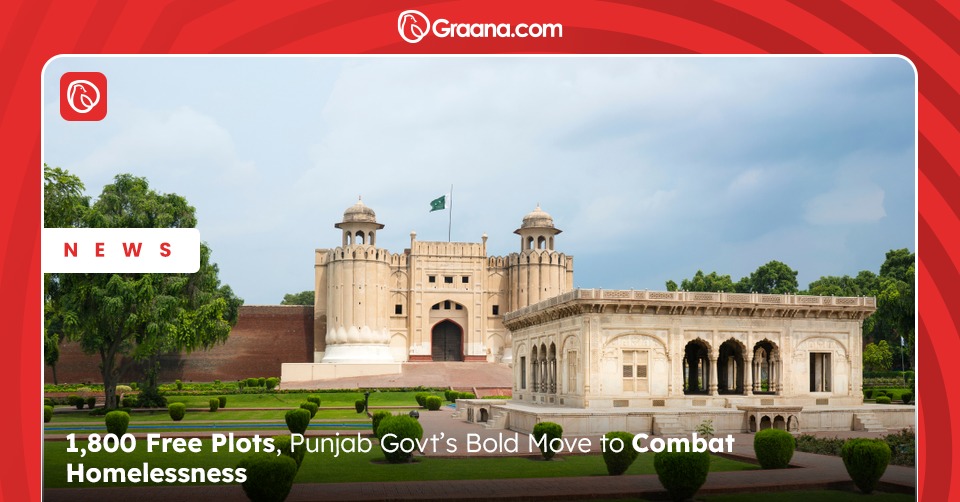The Karachi Motorway is a phenomenal infrastructure project that has transformed transportation in Pakistan. Stretching hundreds of kilometers, this modern highway links the city of lights with other major cities. The development of the Karachi Motorway has increased revolutionised connectivity, enhanced economic growth, and improved the overall quality of life for residents and travellers alike.
This blog from Graana.com provides all the details about the M-9 Motorway below.
Karachi Motorway: Enhancing Connectivity
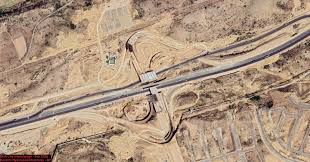
Officially known as the M9 Motorway, the Karachi Motorway serves as a pivotal link between the two largest cities of Pakistan – Karachi and Hyderabad. Constructed with detailed planning, considering the region’s terrain and traffic patterns, the M9 facilitates swift and efficient travelling.
On March 11, 2015, the M-9 Motorway was inaugurated, marking the beginning of a groundbreaking infrastructure project. The motorway, connecting Karachi to Hyderabad was designed as a six-lane road with four interchanges, aimed at enhancing connectivity and accessibility in the region.
The estimated cost for constructing this impressive motorway was Rs. 36 billion, and its completion was projected for August 2017.
Development Inauguration and Completion Milestones
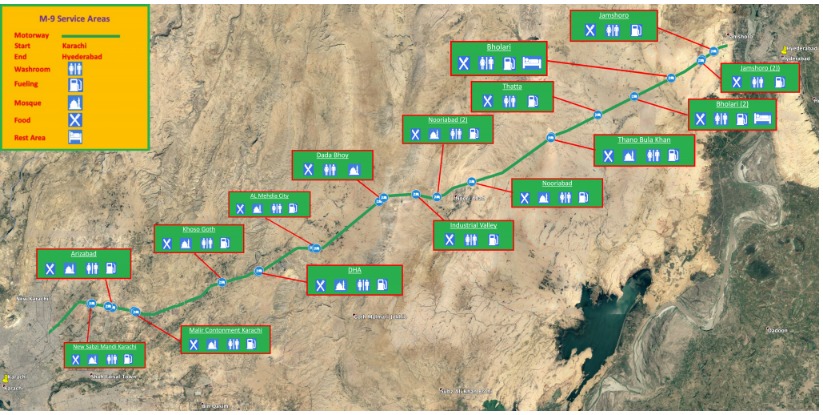
On 3rd February 2017, a significant milestone was achieved as former Prime Minister Nawaz Sharif inaugurated a completed newly completed part of the M-9 Motorway. The stretch from Loni Kot to Lucky toll plaza was opened to the public, covering approximately 75 kilometre out of the total 136-kilometre route. The remaining half of the motorway was scheduled to be completed by March 2018.
Expansion and Infrastructure Upgrades
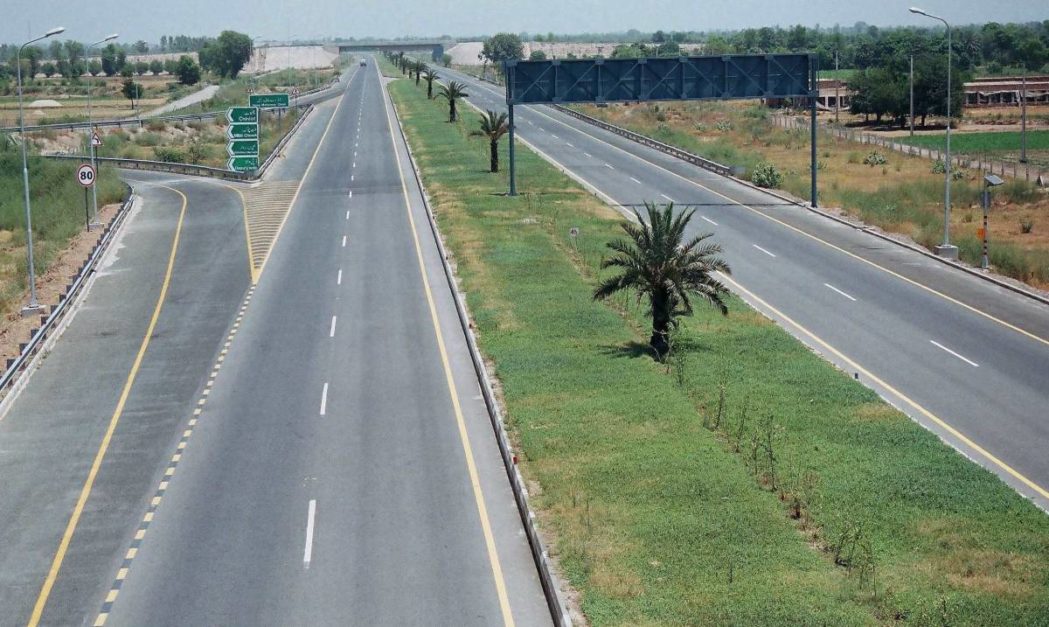
The development of the Karachi Motorway continued even after its initial completion. December 2020 established a new toll plaza on the M-9, boasting an impressive 24 lanes, including 6 entry and 18 exit points. The toll plaza is currently one of the largest in Pakistan, catering to the increasing traffic volume and ensuring smooth operations on the motorway.
In February 2022, the federal government upgraded the Karachi Motorway from six to eight lanes. This expansion project aims to accommodate the growing traffic demands and provide an improved travel experience for commuters.
Route and Connectivity
The M-9 Motorway commences just north of Karachi, near the junction of the Karachi Northern Bypass (also known as M-10). A trumpet interchange facilitates the connection between the Karachi Northern Bypass and M-9. The motorway traverses out of the city, forming a junction with the N-5 on a northeast track through a link road.
As it exits Karachi, it embarks on a journey through the Thar Desert, culminating in a cloverleaf interchange in Kotri, a city outside Hyderabad. After this interchange, it merges with the N-5, offering seamless connectivity between the two major cities.
Key Features and Safety Measures
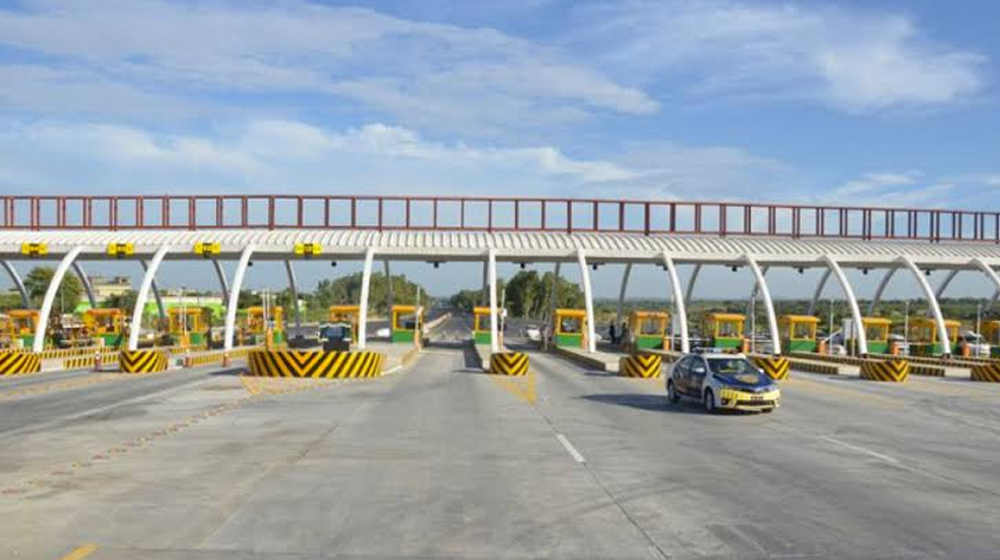
To ensure the safety of commuters and maintain efficient traffic flow, the M-9 Motorway incorporates various features and safety measures. The speed limits on the motorway are 80 km/h for HTV (Heavy Traffic Vehicles) and 120 km/h for (LTV) light transport vehicles.
A central median and exterior fencing help prevent unauthorised access and enhance overall safety. Furthermore, the M9 allows only the fast-moving vehicles, with pedestrians, bicycles, motorcycles, and animal-driven carriages strictly prohibited.
The Pakistani National Highways & Motorways Police employ heavy motorbikes for patrolling purposes, ensuring the smooth functioning and security of the motorway. Additionally, the motorway is accompanied by a two-lane service road on each side of the interstate, providing convenience for motorists.
The Karachi Motorway: Why is it Significant?
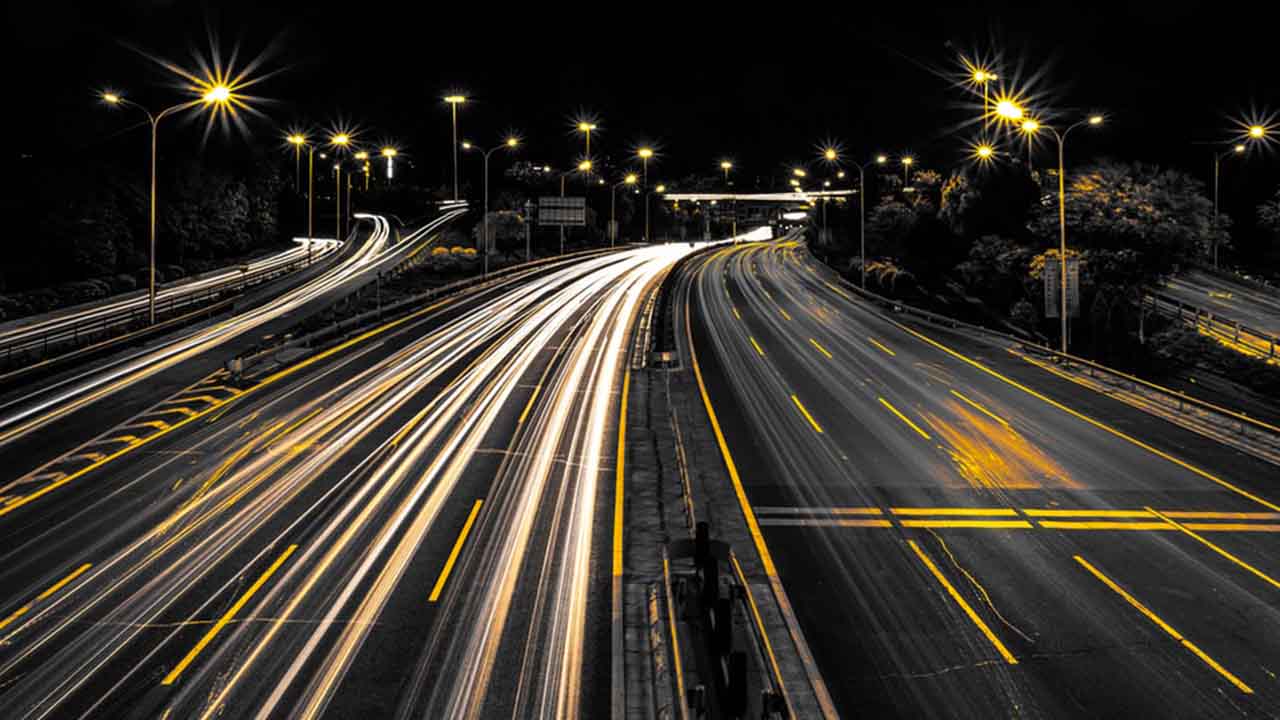
The Karachi Motorway has brought numerous benefits to the region, transforming the transportation landscape in multiple ways. Let’s explore some of the key advantages this remarkable infrastructure project has bestowed upon Pakistan:
Reduced Travel Time: The construction of the Karachi interstate has significantly reduced travel time between Karachi and Hyderabad, enabling commuters and businesses to reach their destinations swiftly and efficiently. The streamlined road network and absence of traffic bottlenecks ensure a smooth travel experience.
Enhanced Safety: With its modern design and state-of-the-art infrastructure, the Karachi Motorway offers improved safety measures compared to traditional roadways. Incorporating safety features such as well-marked lanes, robust crash barriers, and adequate lighting minimize the risk of accidents and ensures the well-being of commuters.
Boost to the Economy: The Karachi Motorway has positively impacted the local economy. The improved connectivity between major cities has facilitated the movement of goods and services, promoting trade and commerce. It has also opened up opportunities for investment and development along its route, contributing to the region’s economic growth.
Enhanced Quality of Life: The reduced travel time and improved road infrastructure has reduced travel time have enhanced the quality of life for the residents of Karachi and Hyderabad. Commuters can now spend less time on the road, allowing them to devote more time to their families, careers, and recreational activities.
Promoting Tourism: The Karachi Motorway has played a significant role in promoting travel and tourism in Pakistan. It has also made it easier for tourists to explore the country’s diverse landscapes and cultural heritage. Travellers can now embark on exciting journeys, discovering the beauty and charm of Pakistan with enhanced convenience and accessibility.
Construction of the Karachi Motorway
The construction of the Karachi Motorway was a massive undertaking that involved careful planning, execution, and collaboration between various stakeholders. Here is an overview of the construction process:
Feasibility Study
Before embarking on the project, an extensive feasibility study was conducted to assess the motorway’s viability. This study evaluated the terrain, traffic volume, cost projections, and environmental impact.
Design and Engineering
All designs and engineering plans considered factors such as land acquisition, road alignment, bridges, interchanges, and service areas.
Construction Phases
The construction of the Karachi Motorway was carried out in multiple phases. These phases involved activities such as land clearing, earthwork excavation, bridge construction, pavement laying, and installation of safety features.
Quality Assurance
Stringent quality assurance measures were implemented throughout the construction process to ensure that the motorway met international standards. Regular inspections, material testing, and adherence to safety protocols were key aspects of this quality assurance program.
Comparison with Other Major Highways
When compared to other major highways in the country, the Karachi Motorway stands out for its exceptional design and connectivity. Additionally, it surpasses many in terms of quality, safety measures, and overall user experience. The successful implementation of this project sets a benchmark for future infrastructure development in the region.
Conclusion
The Karachi Motorway has emerged as a game-changer for Pakistan’s transportation sector, offering a host of benefits to commuters, businesses, and the local economy. With its efficient design, reduced travel time, and improved safety, it has transformed the way people travel between Karachi and Hyderabad.
Furthermore, as the government continues to invest in infrastructure development, especially motorways in Pakistan, the Karachi Motorway, serves as a shining example of progress and sets the stage for a future with enhanced connectivity and economic growth.
Frequently Asked Questions (FAQs)
Here are some common questions people have about the Karachi Motorway, have a look:
Q: What is the total length of the Karachi Motorway?
The Karachi Motorway stretches over 136 kilometers, connecting Karachi and Hyderabad.
Q: How has the Karachi Motorway improved transportation in Pakistan?
The Karachi Motorway has improved transportation by reducing travel time, enhancing safety, boosting the economy, and improving the quality of life for residents.
Q: Are there any toll plazas on the Karachi Motorway?
Toll plazas are strategically located along the Karachi Motorway to cover maintenance and operational costs.
Q: Can pedestrians or non-motorized vehicles use the Karachi Motorway?
No, the Karachi Motorway is exclusively for motorised vehicles. Pedestrians and non-motorised vehicles should avoid the motorway for safety reasons.
Q: Are there rest areas and service facilities along the Karachi Motorway?
Yes, The M-9 Motorway features well-equipped rest areas, service stations, and food outlets to cater to the needs of travellers.
Q: What is the future expansion plan for the Karachi Motorway?
The future expansion plan includes extending the motorway to connect with other major cities, enhancing connectivity, and fostering regional development.
For more information, visit the Graana blog.
